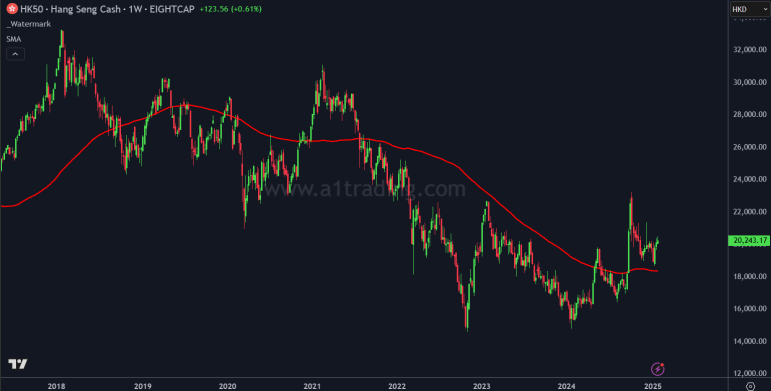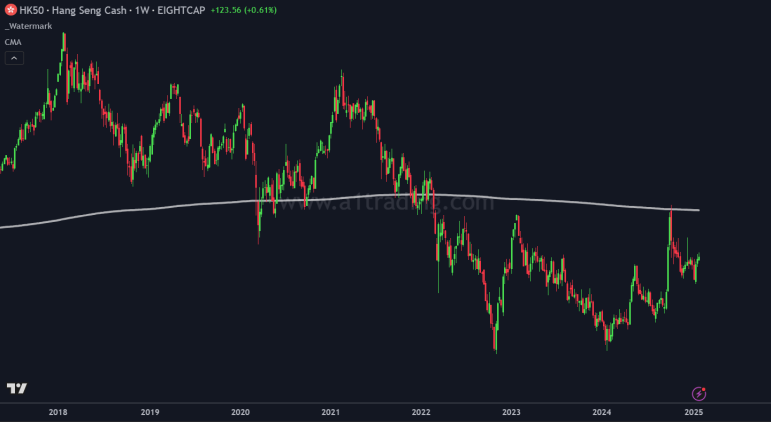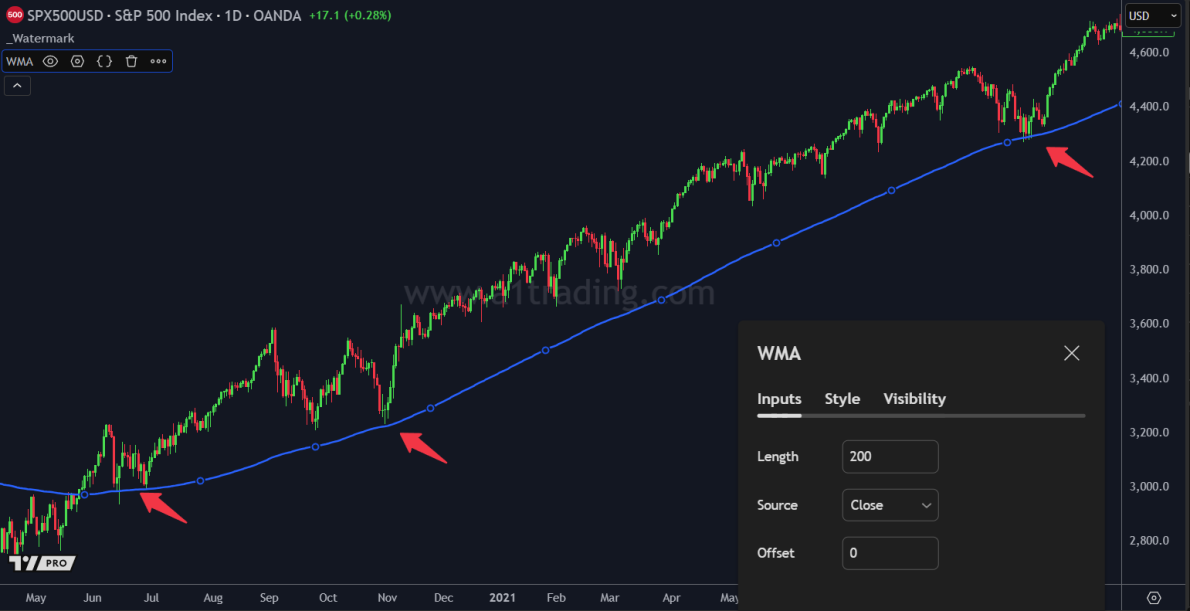Moving averages are one of the most popular tools in technical analysis, frequently used by traders to identify trends, support and resistance levels, and potential trading opportunities. At their core, moving averages are essentially a collection of data points representing past prices. By calculating the average of these points over a specified time frame, moving averages aim to smooth out price fluctuations and suggest the general direction of price action.
Moving averages are a versatile tool that can be applied in various market conditions. They act as dynamic indicators of market trends, allowing traders to interpret whether the market sentiment is bullish (positive) or bearish (negative). Additionally, moving averages often play a role in identifying potential support or resistance levels—zones where prices are more likely to reverse or stall. A break above a moving average can signal continued buying interest, while a break below it might indicate sustained selling pressure.




